October 25, 2024 | 11:22 GMT +7
October 25, 2024 | 11:22 GMT +7
Hotline: 0913.378.918
October 25, 2024 | 11:22 GMT +7
Hotline: 0913.378.918
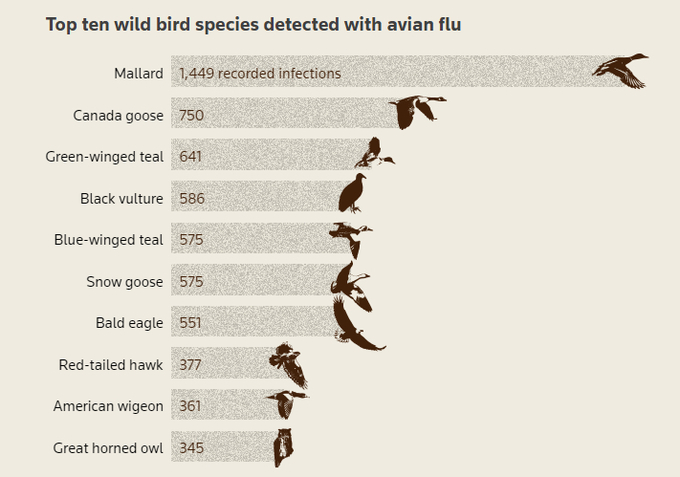
Note: Highly pathogenic avian influenza detection data for 2022-2024 as of May 14, 2024 Source: USDA’s Animal and Plant Health Inspection Service.
Scientists are still trying to understand exactly how a virulent bird flu is spreading through farms in the United States, but one pattern is clear: poultry and cows risk exposure to sick wild birds migrating across the Americas.
One way to understand the relationship between migrating birds and agricultural livestock is to look at the path of the mallard duck which has the most recorded avian flu infections.
The concern is not just the beginning and end of the birds’ journey. They stop to take breaks along the way, sometimes for months at a time, in what scientists call “stopover locations.”
“They’re going to wetlands,” said Mike Casazza, a wildlife biologist for the U.S. Geological Survey. “But now a major food source for the waterfowl is the surrounding agricultural landscape that provides grains and invertebrates and other opportunities for them to feed because that’s what replaced the wetlands that they used to have.”
Vast swaths of wetlands were converted for agricultural use in the early 1900s, reducing places migratory waterfowl can congregate. Drawn to the remaining wetlands, waterfowl can venture to nearby farms where they risk spreading avian flu via their contaminated saliva and feces.
Most bird flu transmission to livestock happens indirectly, according to the U.S. Department of Agriculture (USDA), usually from workers’ boots or equipment that have been contaminated with wild bird feces or saliva carrying the virus. But hospitable farmland increases the likelihood of direct contact between livestock and wild birds, furthering the need for “biosecurity” or efforts to prevent viral spread. Most industrial farms have strict biosecurity measures.
USDA posts guidance for farmers to keep their livestock safe from infection. The key is to limit water and food that birds are attracted to.
Almost 200 wild bird species carrying bird flu have been recorded by USDA. Mallard ducks top the list and are a focus in the agency’s surveillance program. These ducks and other waterfowl are particularly resistant to the virus, allowing them to carry it far distances.
The WHO has expressed concern that migration could lead to spread of the deadly strain circulating in North America to other countries.
Some migratory birds like Snow Geese travel as far north as Russia. Blue-winged Teal can migrate all the way to South America.
The U.S. government in late March reported cases of the disease in dairy cows in Texas and said one person who had contact with cows had been infected and suffered conjunctivitis, commonly known as pink eye. In a preliminary report, government scientists indicated a wild bird was likely responsible for the initial introduction of the virus to a cow. Nine states have since detected bird flu among dairy cattle.
Scientists at USDA are still trying to understand which variants are circulating through cows to determine how avian flu is spreading. It has long been on the list of viruses with pandemic potential, and any expansion to a new mammal species is concerning.
As mallards and other wild birds travel north into Canada for the summer, Canadian officials are urging precaution among dairy farms to prevent the spread already racing through the United States.
(Reuters)
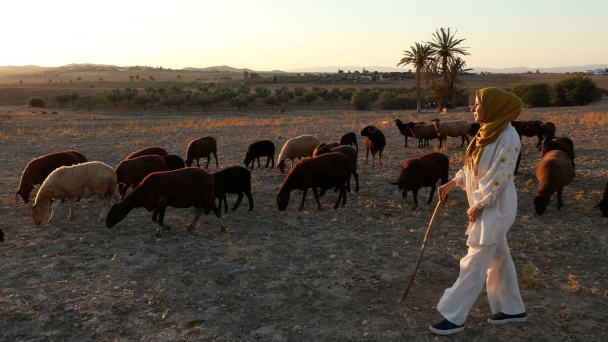
(VAN) The initiatives will enhance pandemic prevention, preparedness and response in 32 countries, advancing global health security through the One Health approach.
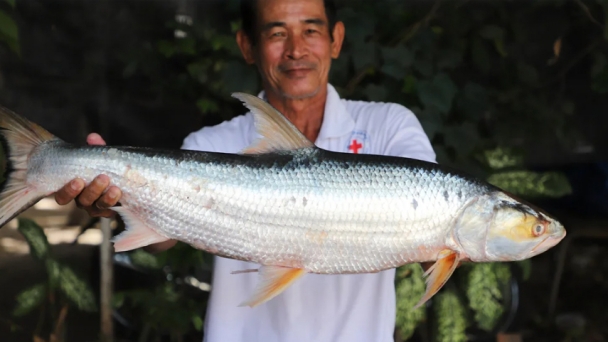
(VAN) A huge fish in the Mekong River thought to be extinct has been spotted three times in recent years.
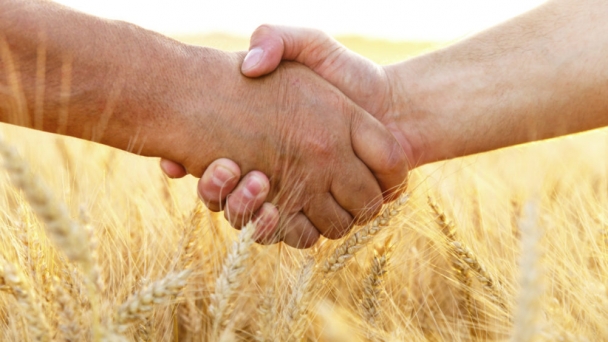
(VAN) Consumer demand for food and beverages to be produced more sustainably has been gaining momentum for years.
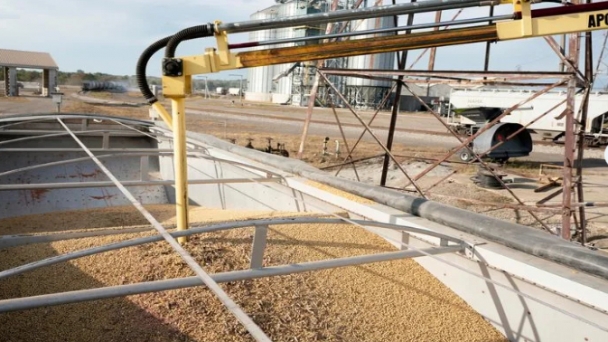
(VAN) U.S. farmers are harvesting two of the largest corn and soybean crops in history at the fastest pace in years, straining their physical capabilities and their grain storage capacity.
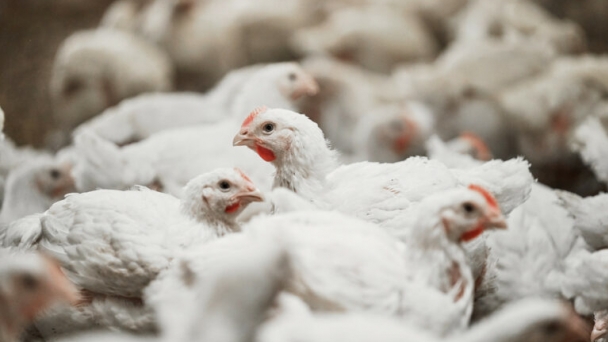
(VAN) In recent years we have seen severe financial pressures on animal production operations coming from multiple sources, with increasing feed costs being one of the major factors.
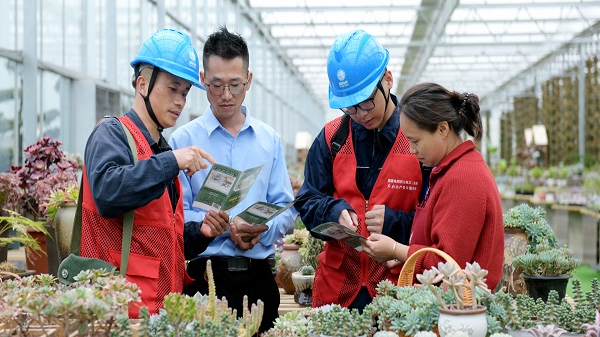
(VAN) In a bid to support the development of local specialty industries, Wenzhou, Zhejiang province, is actively advancing key rural revitalization projects.
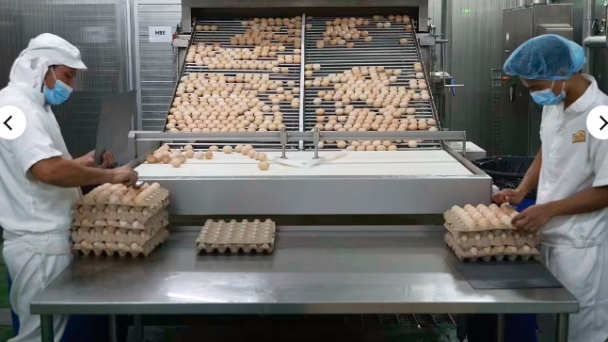
(VAN) Without a large amount of capital, very few agriculture startups are able to come up with a business model that allows them to survive.